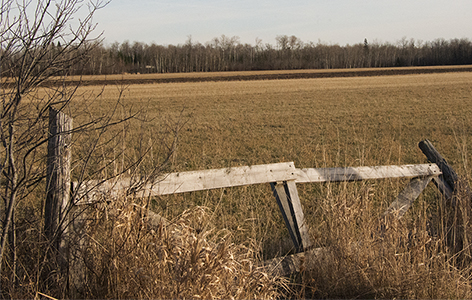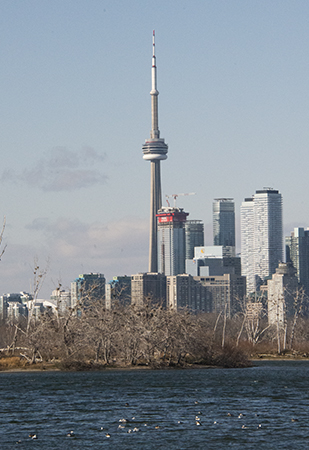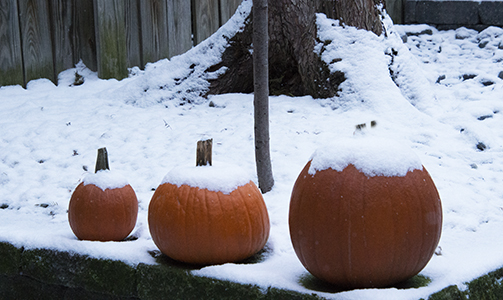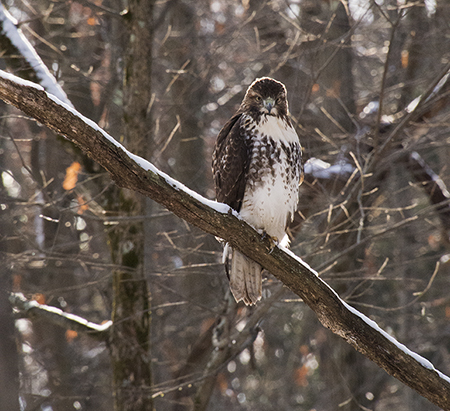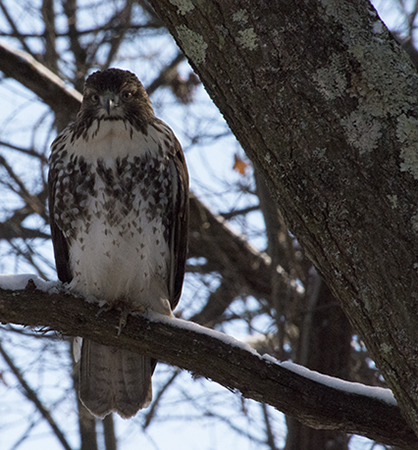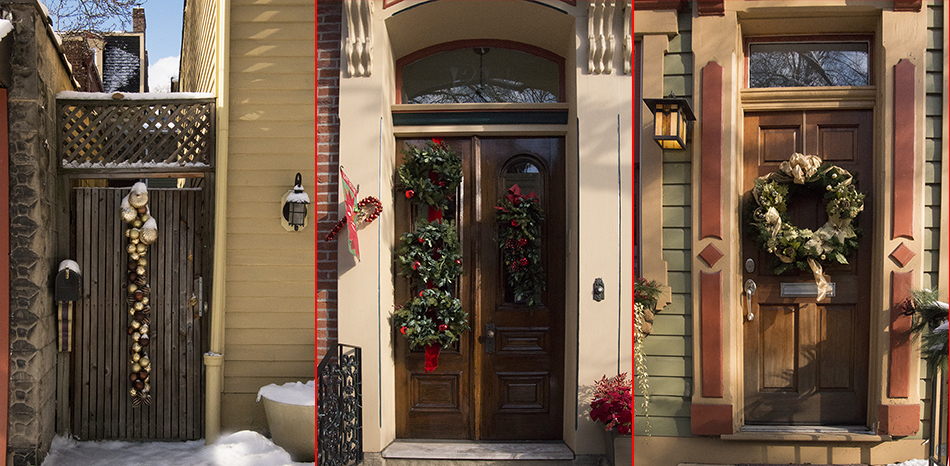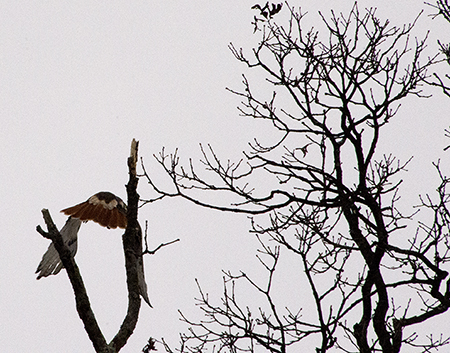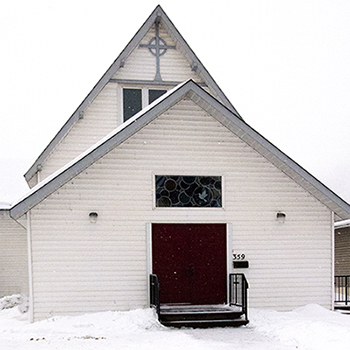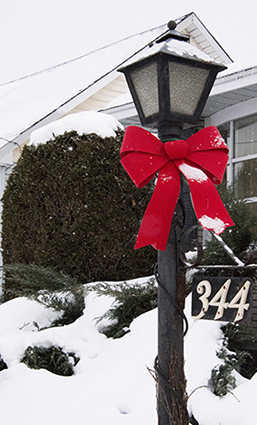thursday, february 16

Thursday morning, fat flurries were dropping delicately, nothing massive or blinding enough to make me want to cancel the road-trip. What I had forgotten though was that wet-snow and wet-roads make for lots of windshield fluid and salt-spray gunking up my car. 79 North was a mess. Outside of Erie, it was a winter-wonderland and I started to worry, however, as soon as I turned east onto 90, the winter weather stayed behind me and I drove into sun and dry roads.
In Hamilton, I took the 407 East, rather than stay on the non-toll, super-congested QEW, 427 and 16-lane horror known as the 401. Driving the 407 Express-Toll-Road (ETR) is like driving a Pittsburgh highway – limited traffic and pleasant surroundings. Got to Mary-and-Dom’s, in Pickering, around 4:00.
Friday morning, Rose and I took Sadie out for a walk in the sub-division. The above image is of one of the older houses in the neighborhood. This particular section of eastern metropolitan Toronto began development in the 1970s and the bungalow was the premier house design. The house in the above image was a high-end version of the common bungalow. The large property and the sheltered front door were not typical design elements of the affordable suburban ranch. Today, many of these older homes are being demolished and replaced with faux mini-mansions.
In the afternoon, I went into town to High Park to Frank-and-Norma’s for dinner. We always have a nice time, even if we talk about the crazy-man in DC.
On my way home, because I was staying in Pickering, I had to get on the Gardiner going east. I’d never done that before and I wasn’t familiar with the downtown entrance ramps. I vaguely remembered that they were short and had no merging lane. And sure enough when I found one I immediately ended up on the side of the highway with cars zooming by. I managed to get on even if the car behind me sat on his horn until I achieved cruising speed. It reminded me of driving in Calabria, specifically in Reggio where most entrances onto the highway were up short ramps with a stop sign at the top. Talk about nail-biting. But then, there’s nothing like going from 0 to 60 to get the adrenaline running. Guess those experiences in Reggio prepared me for the Gardiner at night.
saturday, february 18

Everyone at the Melchiorre’s kept referring to my Saturday schedule as Driving Miss Daisy. (I was driving down to Oakville, picking up Connie, coming back east to The Danforth for lunch, taking Connie back to Oakville and then eventually driving back to Pickering.) It was a beautiful day and the various drives didn’t bother me. I got to Oakville by way of the 401, the 427 and the QEW. (The 401 is really a miserable highway.)
Connie and I were going out to lunch with her friend Jim and his partner Dan. Jimmy is an old friend from Sault Ste Marie. (The last time she had seen him, my sister Jo’ was still alive. Back then, Jimmy had come down to Oakville visited with Jo’ and then he and Connie went for coffee.) At Christmas, Connie asked me to contact Jimmy through his FB account. He was very glad to hear from her and to meet me and suggested we all get together the next time we were in Toronto.
Over the last couple of months Jimmy’s FB comments and messages have popped up on my account. When Connie and I knew we were heading to Toronto for late February, we all exchanged phone numbers and made arrangements to visit. Jimmy suggested that we go to his place, off The Don Valley, on The Danforth for lunch.
The valley gets its name from the small creek – the Don – that flows through the park. The valley separates the sprawling, Blade Runnerish downtown from the more human scaled Danforth/Greek-Town neighborhood. The area has none of the glass skyscrapers that litter downtown and most of its original housing stock is still in place. As a matter of fact, the first time I was in the area, all I could think of was the Toronto I knew from my high-school days. A small Canadian city of two-story structures and wide commercial streets with lots of food markets. My grandfather and I would walk down to Bloor Street and within a three/four block radius he could do all his grocery shopping. The Danforth has that feel – the businesses are all on the street floor of the two-story structures and the avenue is wide and teeming with people. BTW, Danforth is the name Bloor Street takes on east of the Don Valley.
Jim and Dan live on the edge of The Danforth facing the valley. The above image is taken from their balcony. And the bridge in the lower-right is the span that connects Bloor Street on the west to Danforth Avenue on the east.
sunday, february 19
 The day before Rose and Mary had gone walking down by the lake and Rose kept commenting about the wonderful walk and how much I would like it and what a great place it was for pictures. So Mary decided that for our Sunday morning walk, we should go back down to the lake-front park. The area is the Rouge River National Park and the Waterfront Trail. The above image is shooting into the silt-ponds at the mouth of the Rouge before it empties into Lake Ontario. I love the haggard cat-tails – left-overs from a distant fall.
The day before Rose and Mary had gone walking down by the lake and Rose kept commenting about the wonderful walk and how much I would like it and what a great place it was for pictures. So Mary decided that for our Sunday morning walk, we should go back down to the lake-front park. The area is the Rouge River National Park and the Waterfront Trail. The above image is shooting into the silt-ponds at the mouth of the Rouge before it empties into Lake Ontario. I love the haggard cat-tails – left-overs from a distant fall.
There are three estuaries that originate in the moraine north of the city and flow through modern metro Toronto to Lake Ontario. Roughly, the Humber comes into town along the western edge of High Park; the Don is the middle river separating the city into west and east; and the Rouge is the third watercourse marking the eastern edge of the metro region.
We got home from our walk along the north-eastern shore of Lake Ontario, Mary went to all the downstairs windows and lifted them open. Holy shit, it’s February in Canada and she’s opening windows as if it were spring.
Early afternoon we drove down to Oakville for my niece’s birthday party. (It was so warm in the car, I ended up putting on the AC rather than keeping the windows open and letting in the road-noise.) I took the super-clogged highways going down, but on our way home, I took the Gardiner and the Don Valley to the soul-draining 401. Mary was surprised by my facility with getting around and to knowing more than one way to get home that she asked if I had ever lived in Toronto. I just said that I had been coming to town all my life and once I started driving, I had a car to explore with.
I have to say that this was the first time when I didn’t think-about or worry-about driving. Took me long enough to get to the point of seeing Toronto highways as familiar and ordinary.
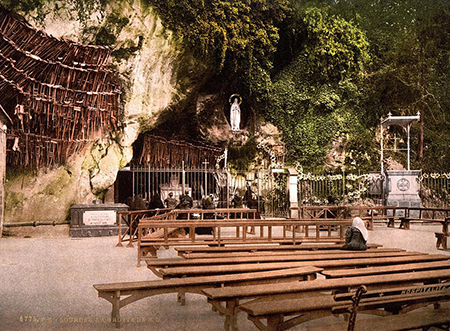 To those of us from certain parts of Calabria, today is a major holy-day – the feast of Our Lady of Lourdes.
To those of us from certain parts of Calabria, today is a major holy-day – the feast of Our Lady of Lourdes.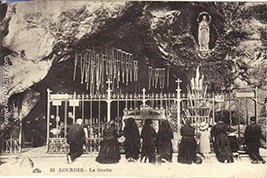


 The day before Rose and Mary had gone walking down by the lake and Rose kept commenting about the wonderful walk and how much I would like it and what a great place it was for pictures. So Mary decided that for our Sunday morning walk, we should go back down to the lake-front park. The area is the Rouge River National Park and the Waterfront Trail. The above image is shooting into the silt-ponds at the mouth of the Rouge before it empties into Lake Ontario. I love the haggard cat-tails – left-overs from a distant fall.
The day before Rose and Mary had gone walking down by the lake and Rose kept commenting about the wonderful walk and how much I would like it and what a great place it was for pictures. So Mary decided that for our Sunday morning walk, we should go back down to the lake-front park. The area is the Rouge River National Park and the Waterfront Trail. The above image is shooting into the silt-ponds at the mouth of the Rouge before it empties into Lake Ontario. I love the haggard cat-tails – left-overs from a distant fall. 
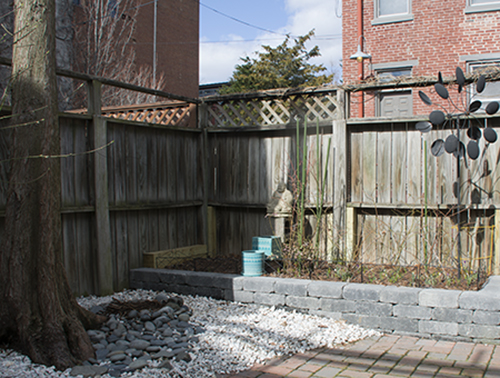
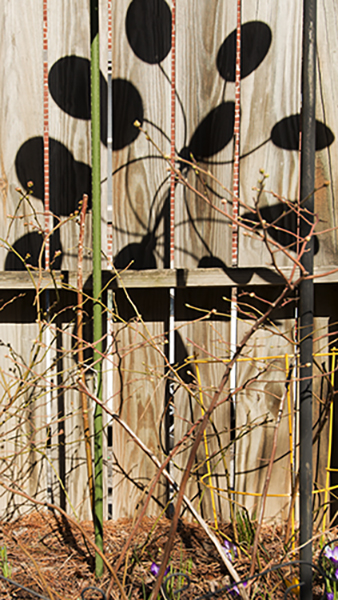
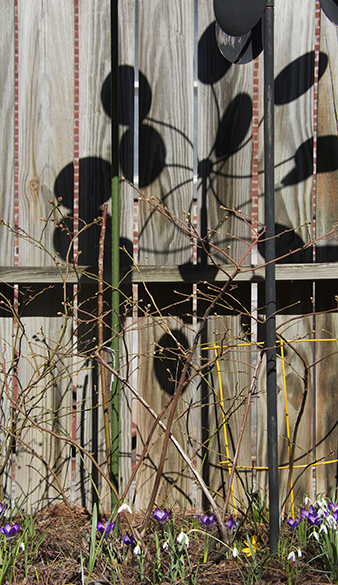 Today, the sun was back in full-force and the images it created with the bare branches, with the windmill-blades, with the shadows are amazing. The pic on the left is of the back flower-bed and it’s full of lines – verticals, horizontals, diagonals, perpendiculars, ellipticals, parabolics. (Whoa, how often do you get to use all those great words in a post about a sunny day in spring?) My favorites are the candy-striped verticals created by the gaps in the fence slots and the red bricks, of the houses across the alley.
Today, the sun was back in full-force and the images it created with the bare branches, with the windmill-blades, with the shadows are amazing. The pic on the left is of the back flower-bed and it’s full of lines – verticals, horizontals, diagonals, perpendiculars, ellipticals, parabolics. (Whoa, how often do you get to use all those great words in a post about a sunny day in spring?) My favorites are the candy-striped verticals created by the gaps in the fence slots and the red bricks, of the houses across the alley.
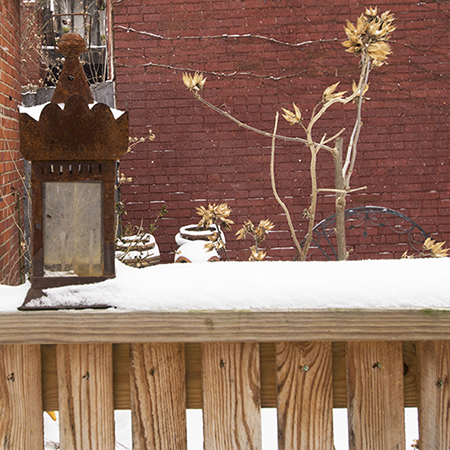
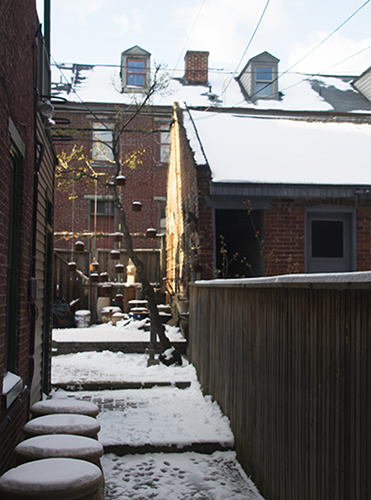
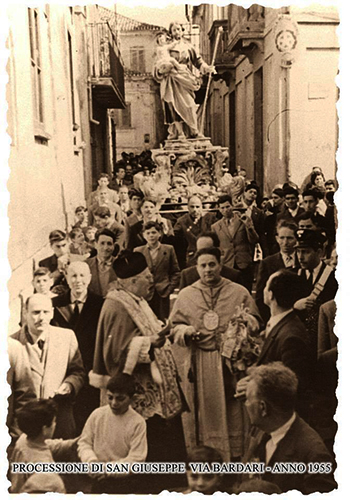
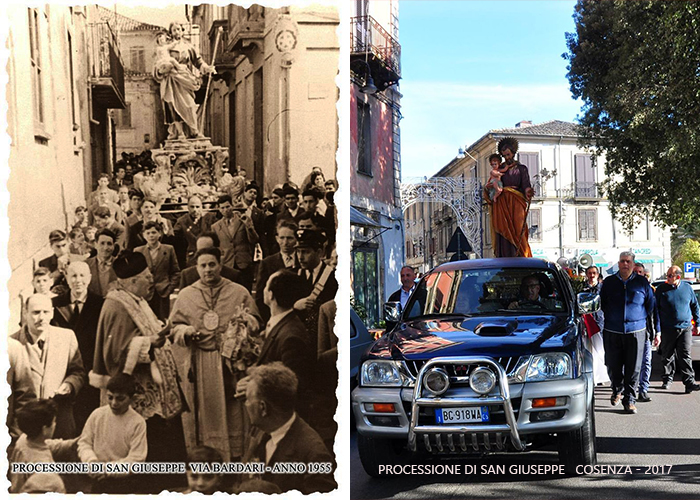
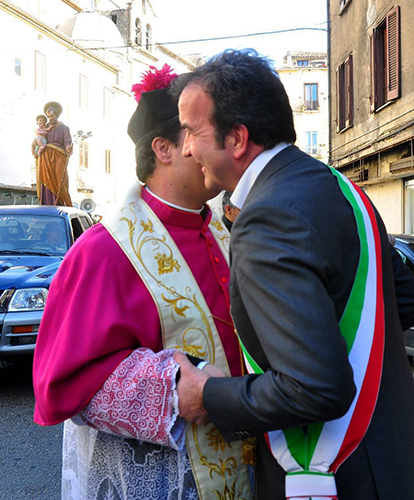

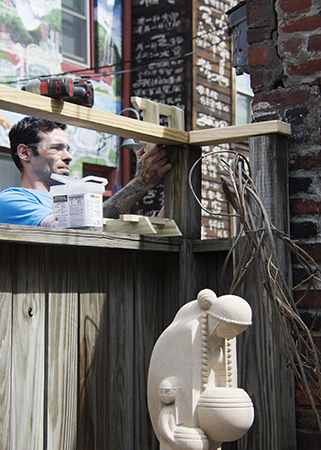
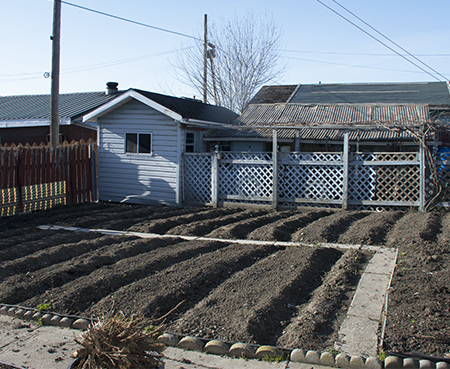
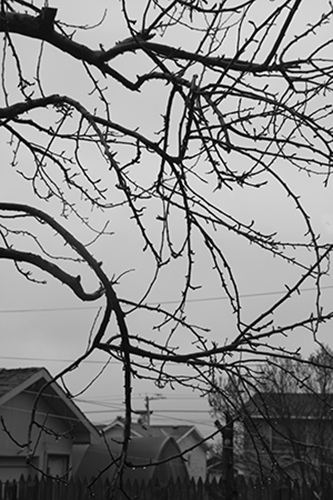
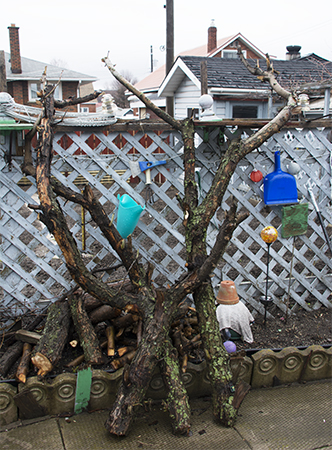
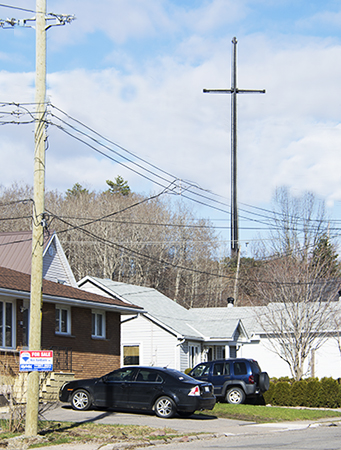
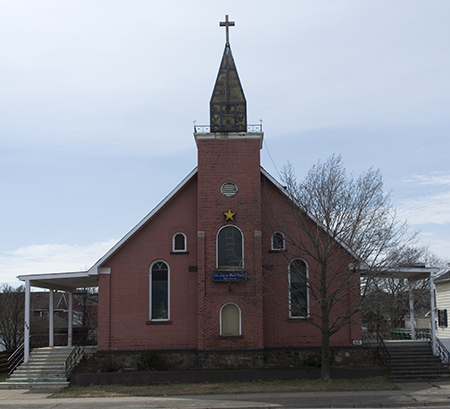

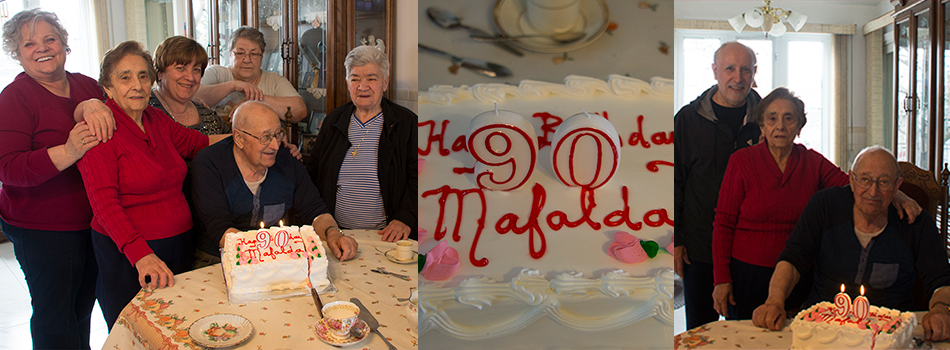
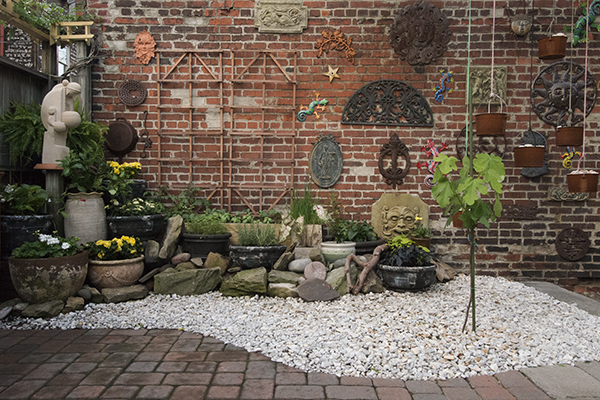

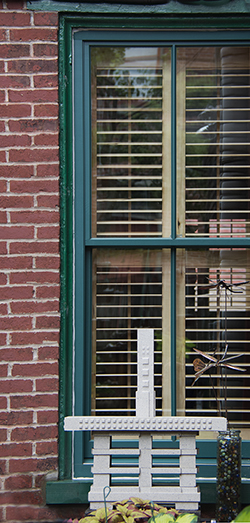
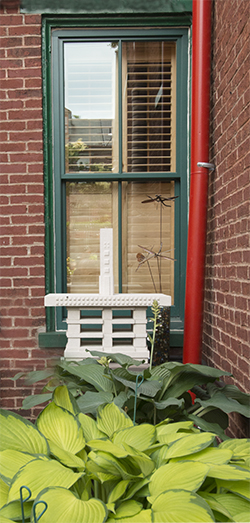 The shots are down the side-alley and the focus is the white concrete structure with the vertical
The shots are down the side-alley and the focus is the white concrete structure with the vertical 

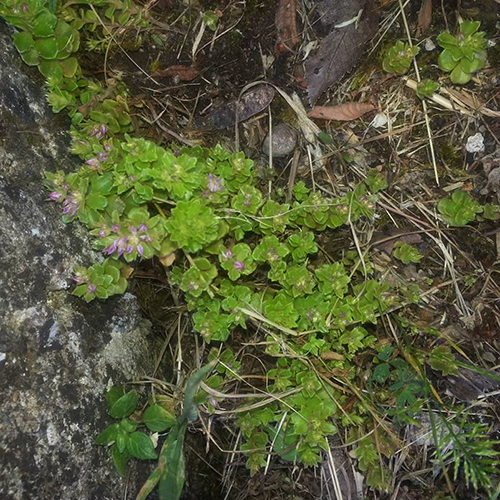
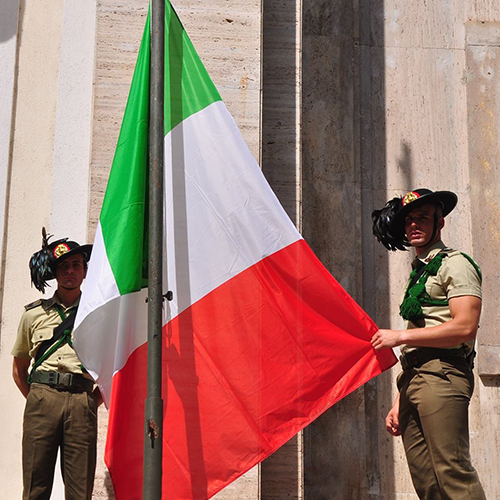
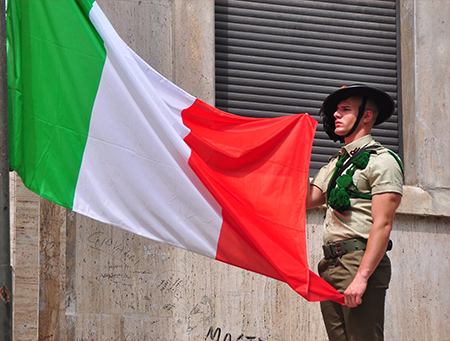 The
The 
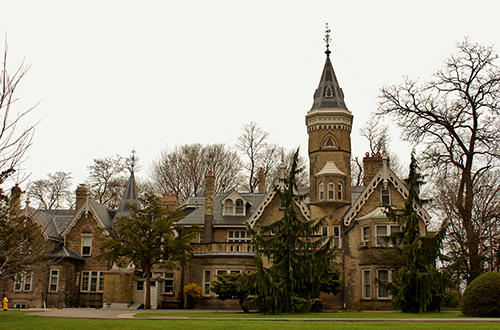


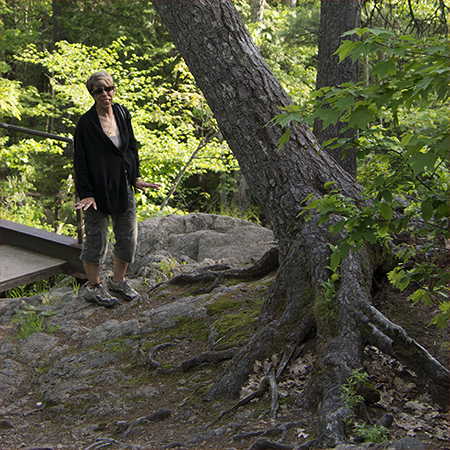
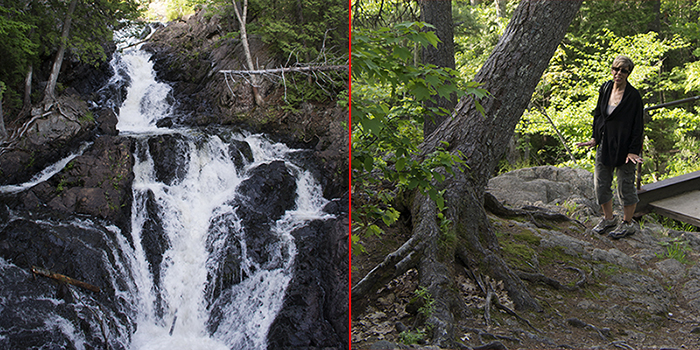 After dinner, Connie and I drove up to Minnehaha Falls. The last time I saw the falls my grandparents were alive; mid-1960s. And back then, it was known locally as Hiawatha Falls; and back then, there were stairs from the bottom of the valley up to the cascade.
After dinner, Connie and I drove up to Minnehaha Falls. The last time I saw the falls my grandparents were alive; mid-1960s. And back then, it was known locally as Hiawatha Falls; and back then, there were stairs from the bottom of the valley up to the cascade. 
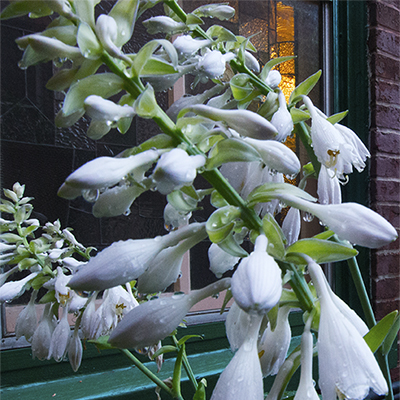
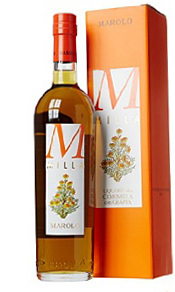
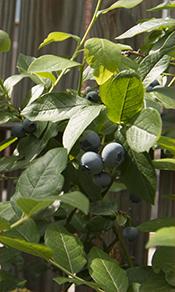 The rains have swelled the blueberries and
The rains have swelled the blueberries and 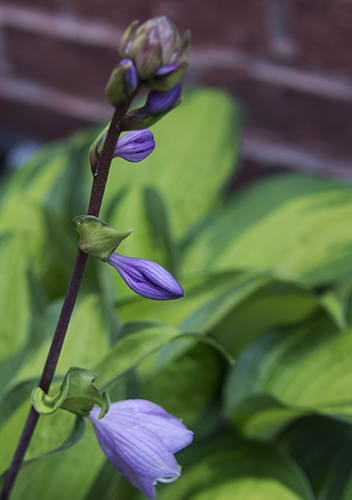



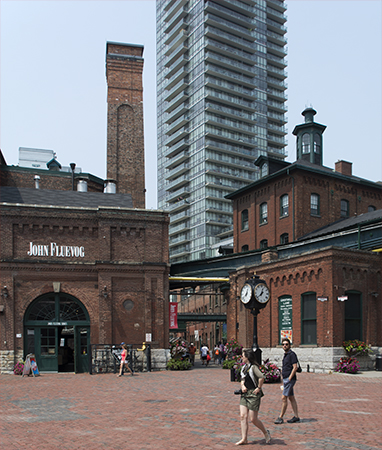
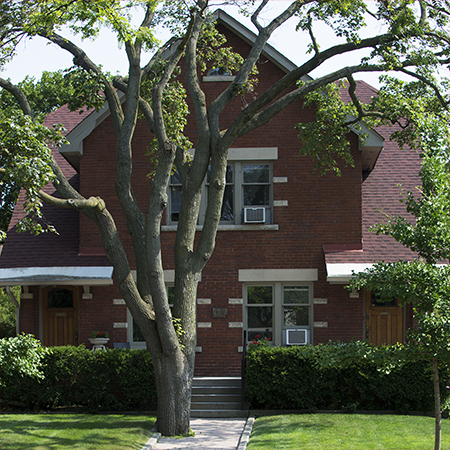




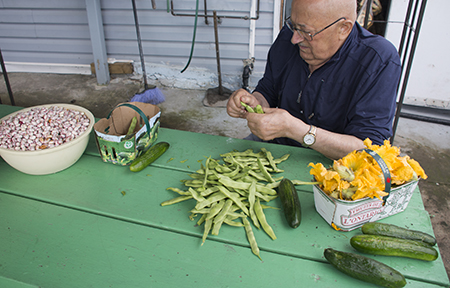
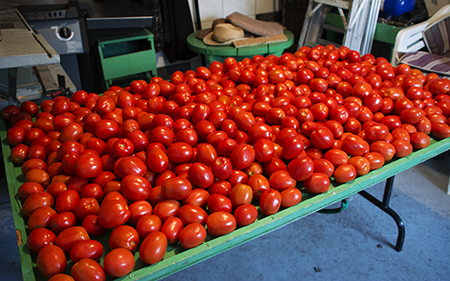
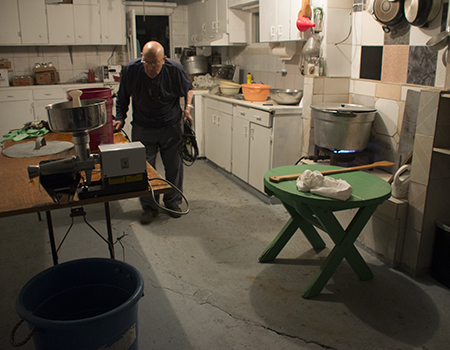


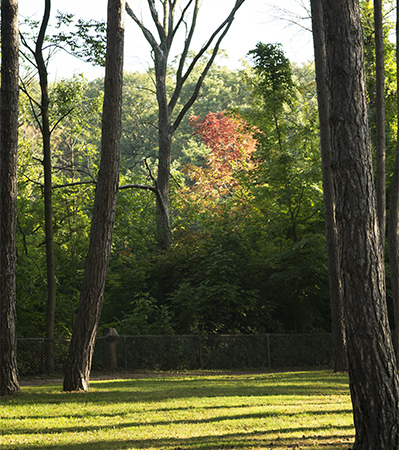

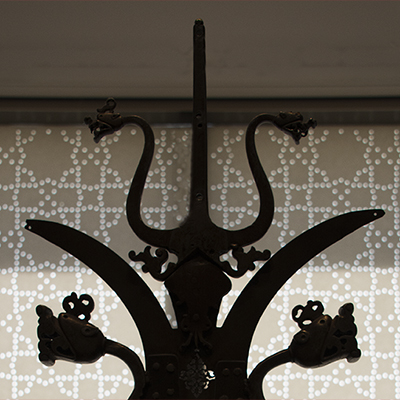
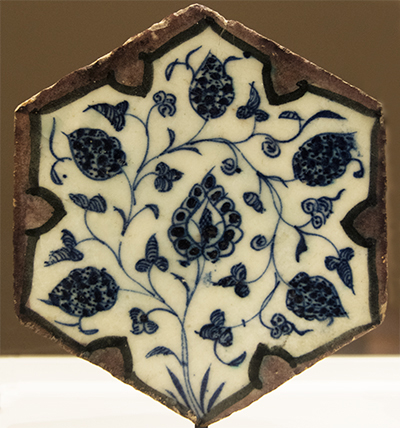
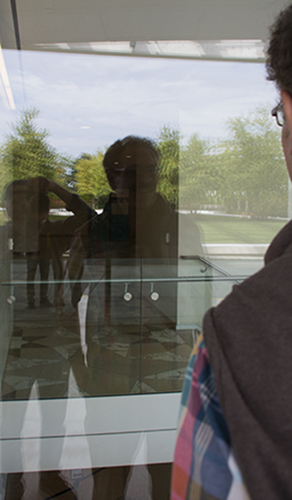
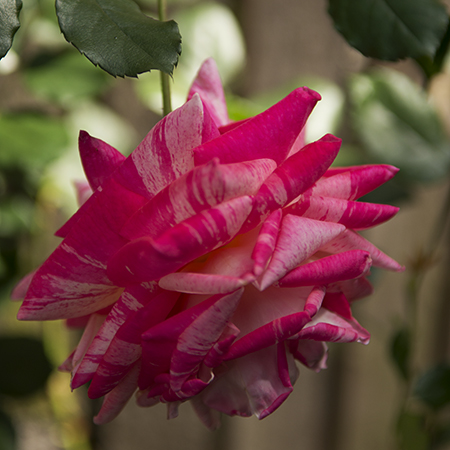
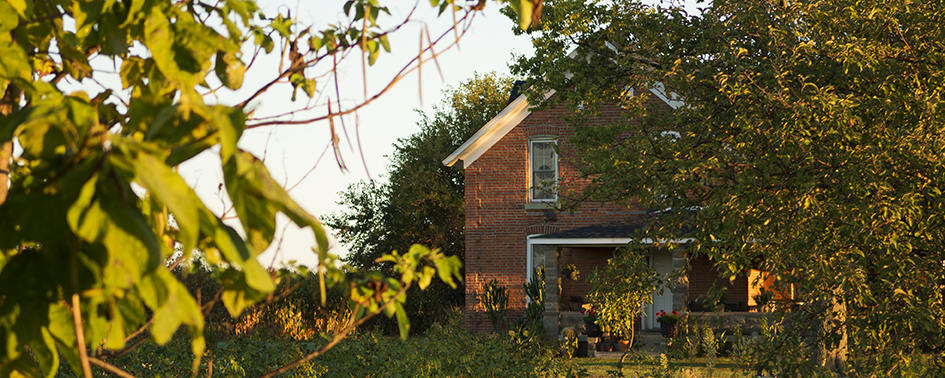
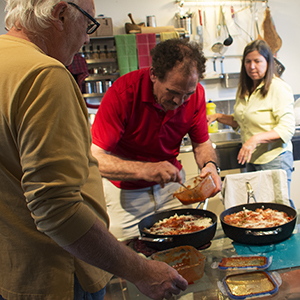 Franchino had volunteered to cook veal scallopini, so I took everyone to the LCBO down the street to purchase many bottles of Pinot-grigio and Italian-red. (ontario has liquor stores – LCBO – as well as separate beer stores) The Pinots would be for before dinner, the Reds for during and after.
Franchino had volunteered to cook veal scallopini, so I took everyone to the LCBO down the street to purchase many bottles of Pinot-grigio and Italian-red. (ontario has liquor stores – LCBO – as well as separate beer stores) The Pinots would be for before dinner, the Reds for during and after.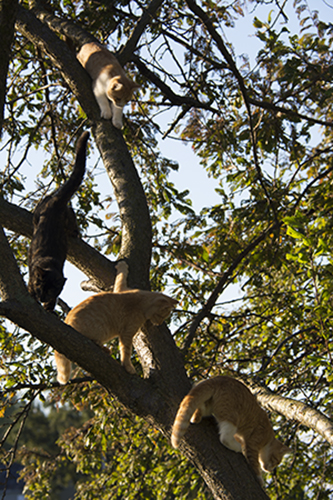
 Saturday morning, at first-light, I’m outside with my camera. And the cats, assuming that I’m there to feed them, swarm around me. There are currently 14 cats on the property and none of the females will go into heat until early spring. This will be the first winter Rainer-and-Lynn will have this large of a pride through winter.
Saturday morning, at first-light, I’m outside with my camera. And the cats, assuming that I’m there to feed them, swarm around me. There are currently 14 cats on the property and none of the females will go into heat until early spring. This will be the first winter Rainer-and-Lynn will have this large of a pride through winter. 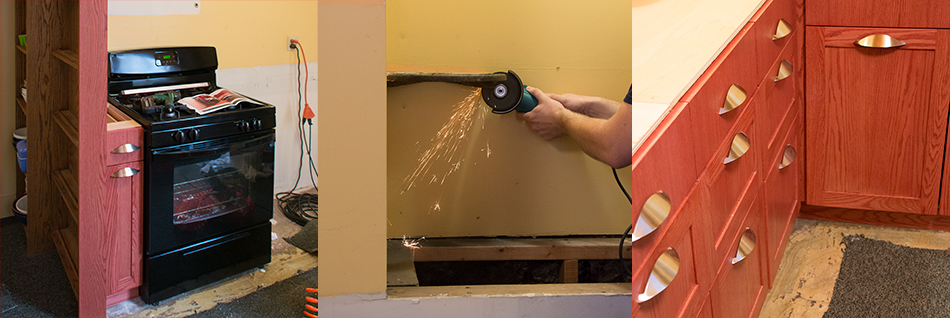











 the other side of the tracks
the other side of the tracks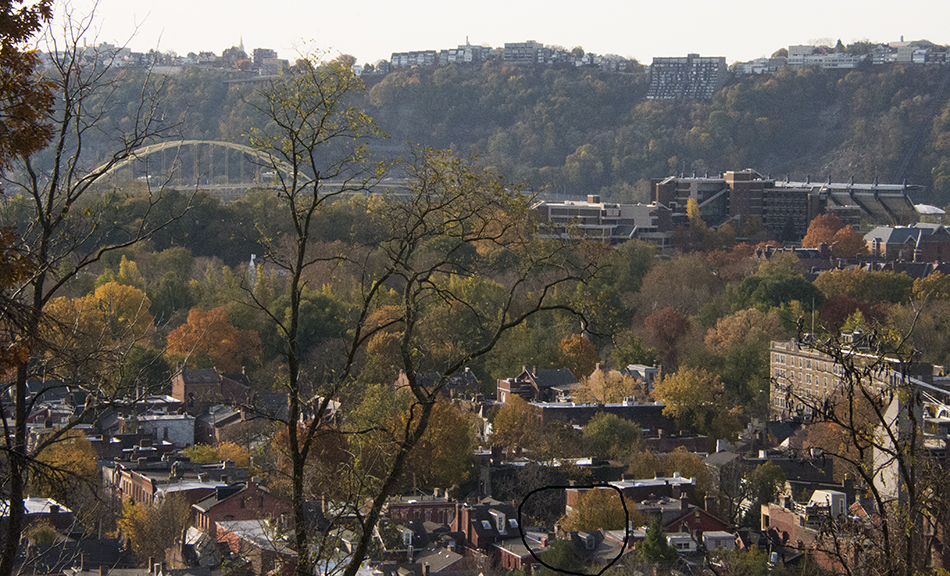 The image is taken from Perrysville Avenue the ridge that borders the Flats and I’m shooting south. The Northside Flats – the facing hillside is Mount Washington; the tall structures on the right are CCAC-Allegheny; you can also see one wing of Heinz Stadium. The bridge on the left is the Fort Pitt spanning the Monongahela River at the Point. The black circle in the bottom is my house. And all the trees in front of my house are the park – Allegheny Commons.
The image is taken from Perrysville Avenue the ridge that borders the Flats and I’m shooting south. The Northside Flats – the facing hillside is Mount Washington; the tall structures on the right are CCAC-Allegheny; you can also see one wing of Heinz Stadium. The bridge on the left is the Fort Pitt spanning the Monongahela River at the Point. The black circle in the bottom is my house. And all the trees in front of my house are the park – Allegheny Commons. 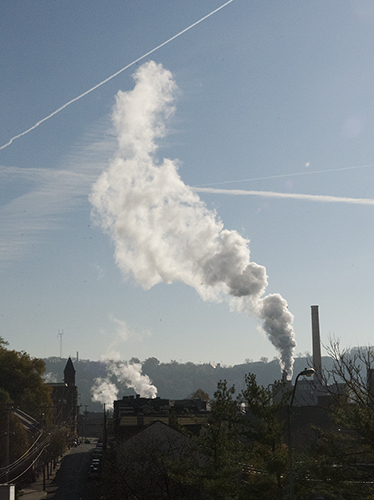
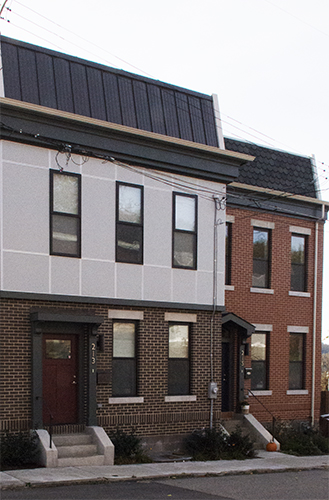
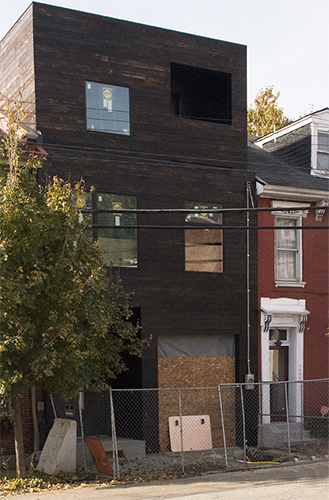
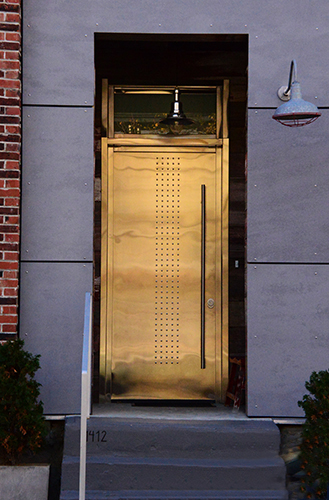 Along the periphery of the historic district – The Mexican War Streets – there is great development and we’re finally seeing modern design infiltrating the staid and traditional. The two images are new houses going up on Buena Vista just north of the historic district boundaries.
Along the periphery of the historic district – The Mexican War Streets – there is great development and we’re finally seeing modern design infiltrating the staid and traditional. The two images are new houses going up on Buena Vista just north of the historic district boundaries.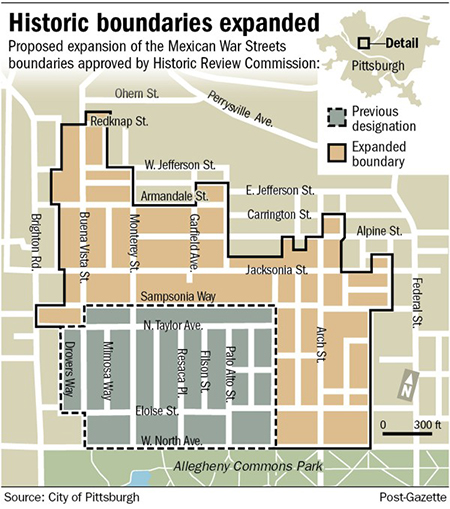 This morning’s hike was up Buena Vista Street. The Department of Public Works classifies Buena Vista at 12.5% – 6o grade/steepness from horizontal. (A 0% grade is perfectly flat and a 100% grade is 45 degrees from the horizontal. The percentage expresses the steepness of the hill as the rise over run expressed as a percentage.)
This morning’s hike was up Buena Vista Street. The Department of Public Works classifies Buena Vista at 12.5% – 6o grade/steepness from horizontal. (A 0% grade is perfectly flat and a 100% grade is 45 degrees from the horizontal. The percentage expresses the steepness of the hill as the rise over run expressed as a percentage.)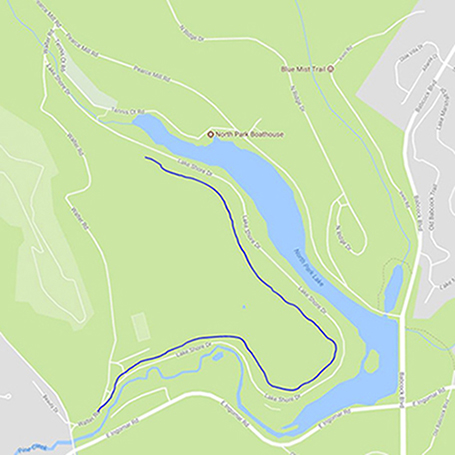
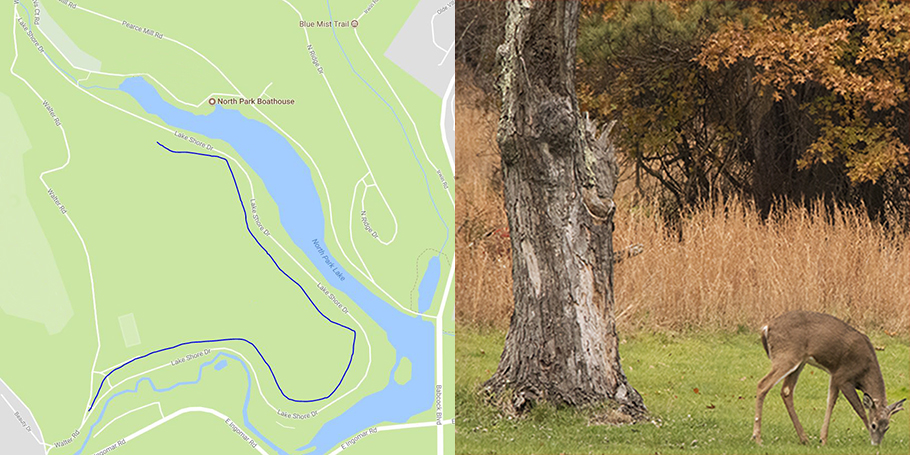

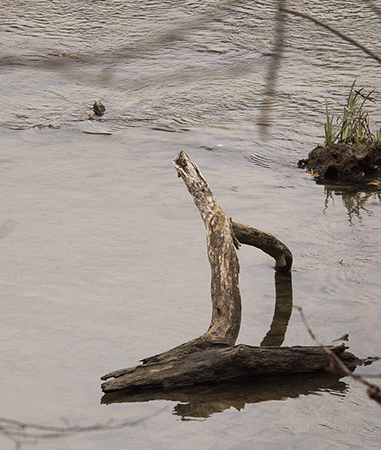
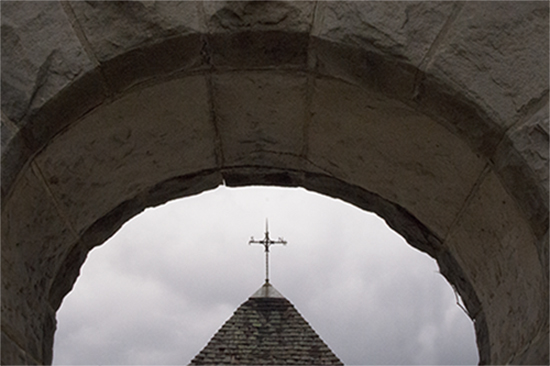 This post is dedicated to Father Pierce one of my high-school teachers. (Yeah, I know it’s two different spellings, but let’s not forget English’s propensity for homophones.) I called Franchino to ask about Father Pierce, because I couldn’t find him in my 11th or 12th grade yearbooks and Frank remembers high-school much better than I do.
This post is dedicated to Father Pierce one of my high-school teachers. (Yeah, I know it’s two different spellings, but let’s not forget English’s propensity for homophones.) I called Franchino to ask about Father Pierce, because I couldn’t find him in my 11th or 12th grade yearbooks and Frank remembers high-school much better than I do.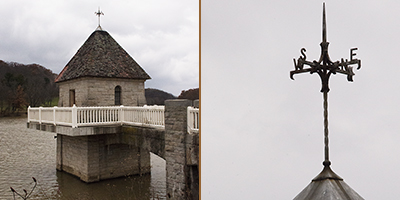 Today, I walked the circumference of North Park Lake – 4.7 miles. Google Maps tracks the circuit at 5 miles, but I took a .3 mile shortcut. I decided to start on Pearce Mill Road and to circle the lake north-shore to south-shore. The northern shore is amazingly diverse. First, Pine Creek that looks inconsequential from the south shore turns out to be wide and meandering; second, the north shore has all these new walking-paths that take you down to the creek banks; third, the north shore has all the historical plaques outlining the park’s origin; fourth, on this side are the historical stone structures – pump-station, boat-house – that iconically identify the park; this side also has the dams and spillways that create the lake and direct Pine Creek into the surrounding Hampton Township.
Today, I walked the circumference of North Park Lake – 4.7 miles. Google Maps tracks the circuit at 5 miles, but I took a .3 mile shortcut. I decided to start on Pearce Mill Road and to circle the lake north-shore to south-shore. The northern shore is amazingly diverse. First, Pine Creek that looks inconsequential from the south shore turns out to be wide and meandering; second, the north shore has all these new walking-paths that take you down to the creek banks; third, the north shore has all the historical plaques outlining the park’s origin; fourth, on this side are the historical stone structures – pump-station, boat-house – that iconically identify the park; this side also has the dams and spillways that create the lake and direct Pine Creek into the surrounding Hampton Township.
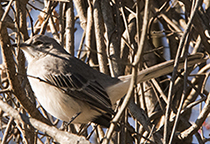 Today was the first time hiking North Park that the sun was out. (The background in the above landscape image is water. I’m high up on the riverbank shooting through the trees and bare branches at the lake below.) Walked Walter Road and the north side of the lake for a total of 4.1 miles. Saw the bird at the beginning of the trek. Almost missed it, because it’s beautifully camouflaged among the vines draping the dead tree.
Today was the first time hiking North Park that the sun was out. (The background in the above landscape image is water. I’m high up on the riverbank shooting through the trees and bare branches at the lake below.) Walked Walter Road and the north side of the lake for a total of 4.1 miles. Saw the bird at the beginning of the trek. Almost missed it, because it’s beautifully camouflaged among the vines draping the dead tree.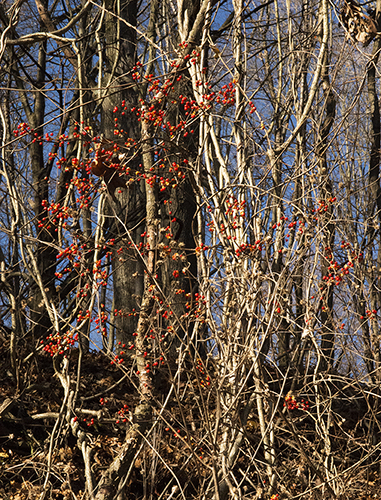
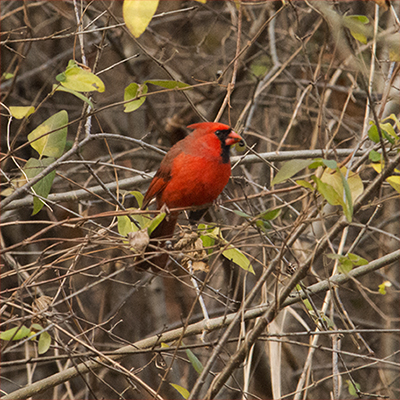
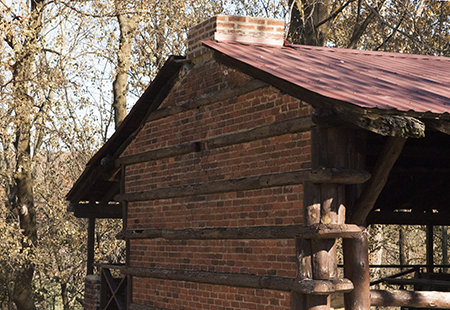
 glad tidings of comfort and joy
glad tidings of comfort and joy